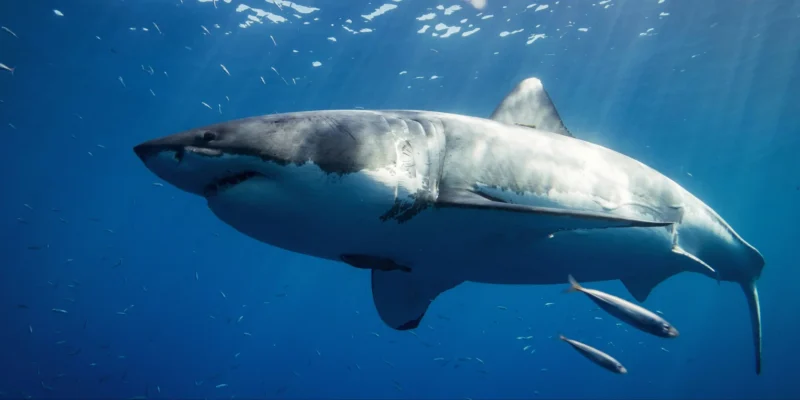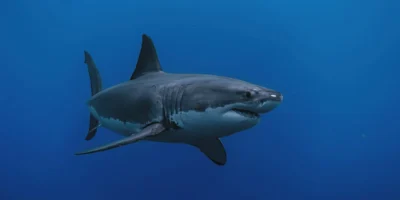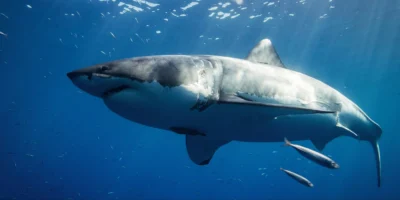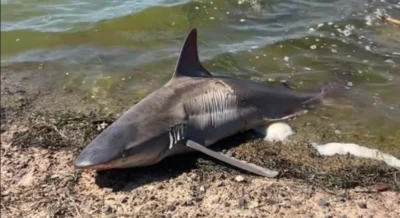From ice age survival to genetic diversity
White sharks (Carcharodon carcharias) were on the brink of extinction during the last ice age. At that time, sea levels were about 40 meters lower than today, drastically reducing their habitat. When the ice age ended around 10,000 years ago, temperatures rose, glaciers melted, and the oceans expanded — marking the start of a comeback for white sharks.
According to a recent study published in the Proceedings of the National Academy of Sciences, the animals initially survived as a single, well-mixed population in the southern Indo-Pacific. It was only around 7,000 years ago that genetic divergence into several isolated groups began. Today, there are three genetically distinct populations: in the South Pacific (Australia/South Africa), the North Atlantic, and the North Pacific.
But the total number remains low. “Worldwide, there are probably only around 20,000 individuals,” explains study co-author Gavin Naylor from the Florida Museum of Natural History. “There are more fruit flies in any given city than there are white sharks in the entire world.”
Mysterious DNA Patterns and a Theory That Is Shaking
As early as 2001, researchers found peculiarities in the DNA of white sharks from Australia, New Zealand, and South Africa: while the genetic material in the cell nucleus (nuclear DNA) was almost identical, the mitochondria – which are inherited only maternally – showed strong differences. This indicated so-called philopatry: female sharks travel long distances to hunt but return to the same place to reproduce.
This theory held for over two decades. But when Naylor and his team analyzed 150 mitochondrial genomes and additional nuclear DNA samples, it became clear: the differences in mitochondrial DNA cannot be explained by philopatry. Other theories, such as an imbalance in the sex ratio or reproductive dominance of individual females, also could not be confirmed.
If not migration, then what?
The only remaining hypothesis: natural selection. But even that seems unlikely – especially given the small populations. For differences to manifest only in mitochondrial DNA, selection would have to be extremely strong. Naylor remains skeptical: “The selection pressure would have to be brutally lethal.”
The genetic mysteries of white sharks therefore remain unsolved for now. One thing is certain: reaching the top of the food chain does not necessarily protect from threats. The survival struggle of these fascinating animals continues – and science keeps pursuing it.





